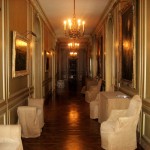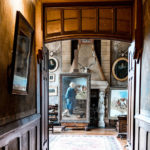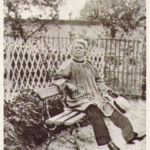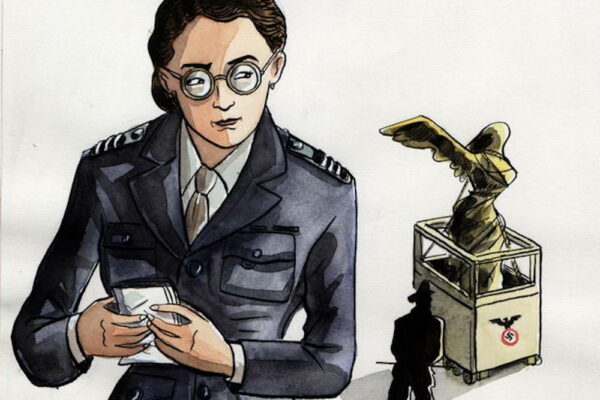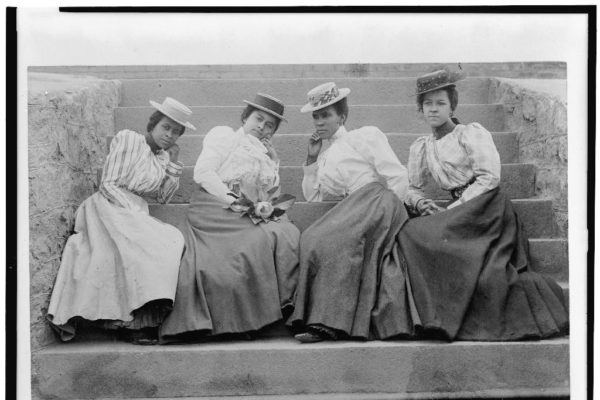When most people think of secrecy in Washington, DC, they probably think of the FBI, the CIA or the Pentagon. But just south of Embassy Row, nestled behind the façades of five row houses, there stands an icon of kitsch, African American history, and rock and roll: the Mansion on O Street. Is it a museum? Is it a hotel? Is it a non-profit organization? It depends on who you are. For the city of DC, it’s a civil rights landmark. For collectors, it’s a souvenir superstore. And for any readers passing through The District, it’s an unforgettable night in the strangest hotel east of the Mississippi River.
Originally built in the 1890s, the home was designed by architect Edward Clark as he finished up work on the US Capitol building. During his almost 40 years working on the Capitol, Clark built the home as a sort of side project for himself, his younger brother (Speaker of the House James Clark), and a mysterious third brother known only as “the artist” (the Luke Hemsworth of the group). Edward Clark invited many of the finest craftsmen to design for the capital and stay at his home on O street. While there, these artists left certain flairs around the house. The mansion is full of curious objects, but also, German woodworking, Tiffany stained glass windows, and leftover tiles from the Capitol itself.
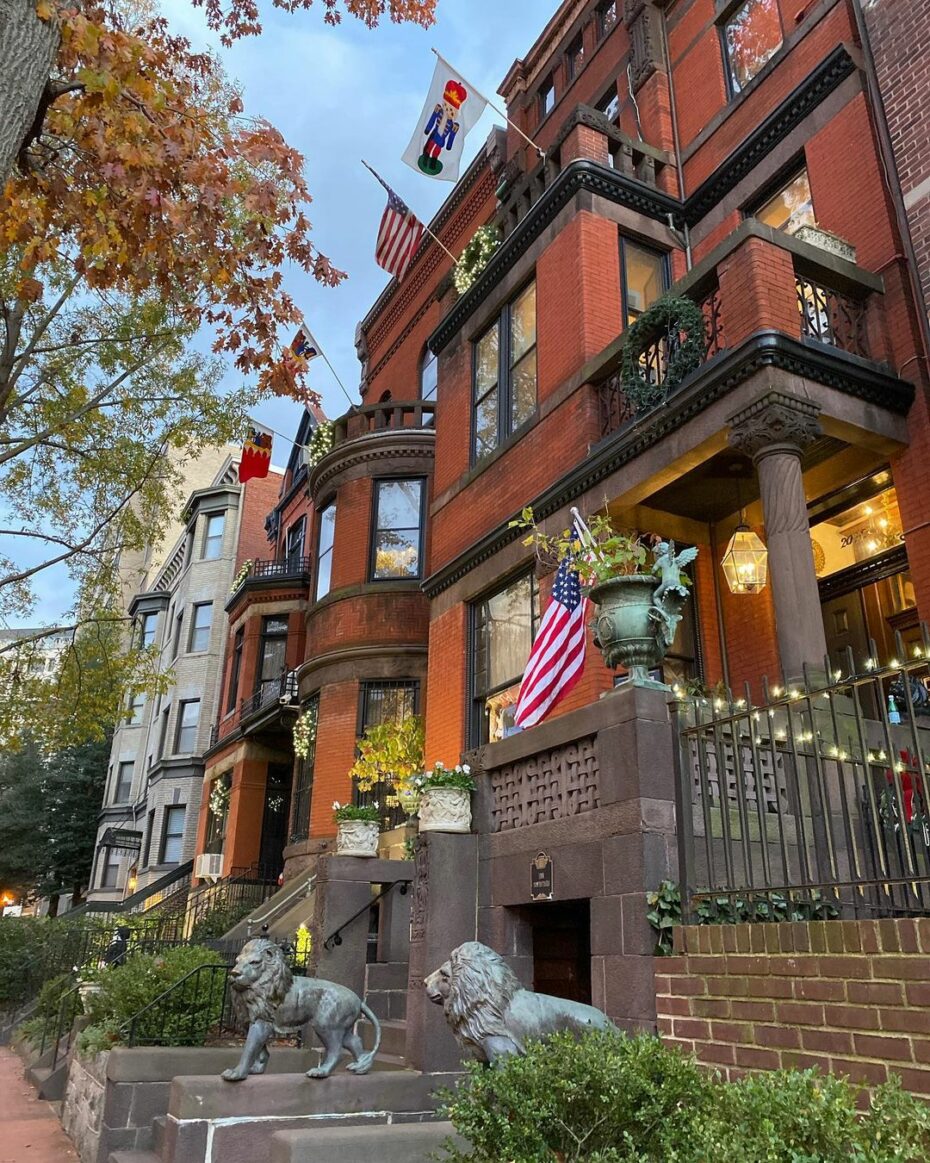
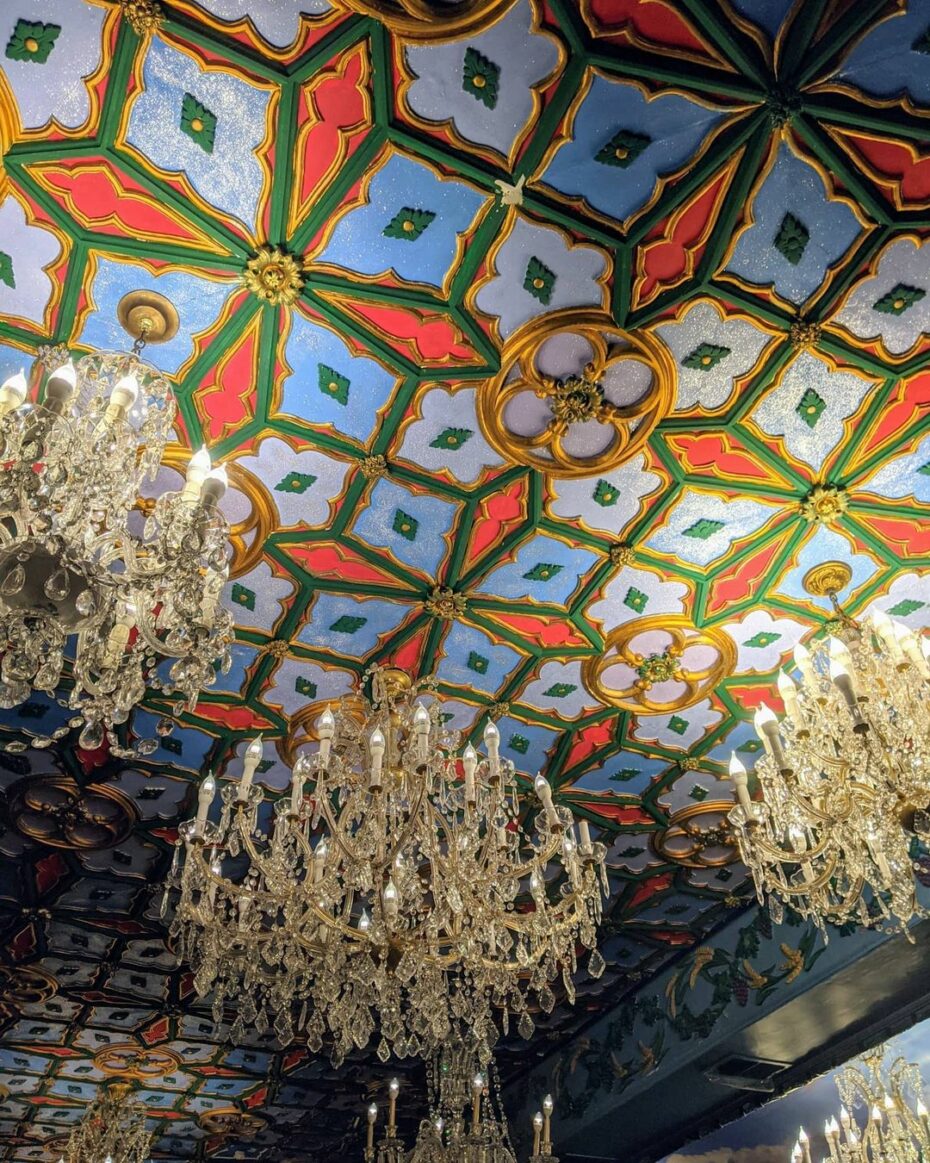
By the 1930s, the Clark brothers had passed away, and the mansion fell into the hands of FBI Director J. Edgar Hoover. He converted the home into housing units for federal agents. This began the mansion’s strangely intimate entanglement with American history. In the 1960s, the mansion housed student leaders of the counterculture movement. Norman Mailer himself visited during this time, and he wrote about the estate in Armies of the Night. From 1977 to 1990, “America’s Black Forum,” one of the longest-running American syndicated TV shows, recorded out of the row house next door. UniWorld Group (a pioneer of multicultural media) also operated out of the same building until the unit was sold to the mansion, extending the home’s original three façades to the five-house block party we know today.
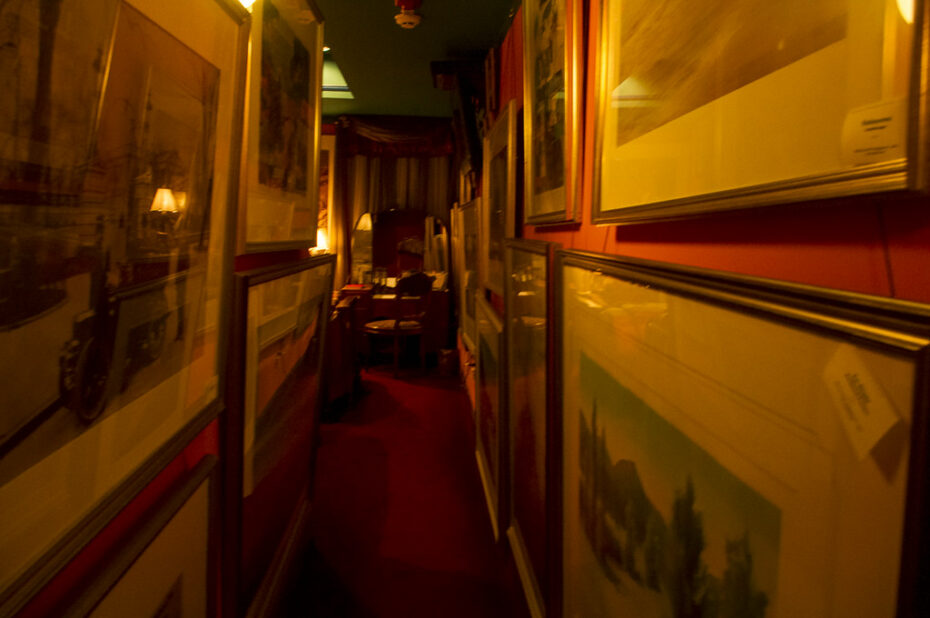
The genius behind this renovation? Reverend H.H. Leonards. She bought the property in 1980 hoping to “provide a unique forum where clients come to learn from one another and foster the development of diversity, the creative process and the human spirit.” She completed the five-story annex Clark had always dreamed of, converted the space into a hotel, and brought in donated pieces from 1999’s Washington Monument construction project.
It was also under Leonard’s tenure that a Mrs. Rosa Parks (that’s how she preferred to be referred to, never just “Rosa”) came to stay at the mansion. In 1994, Mrs. Parks was robbed and beaten up inside her Detroit home. She reached out to her friend Willis Edwards, NAACP board member and creator of the Black Image Awards, for help, and he directed her to the Mansion, where he was a museum board member.
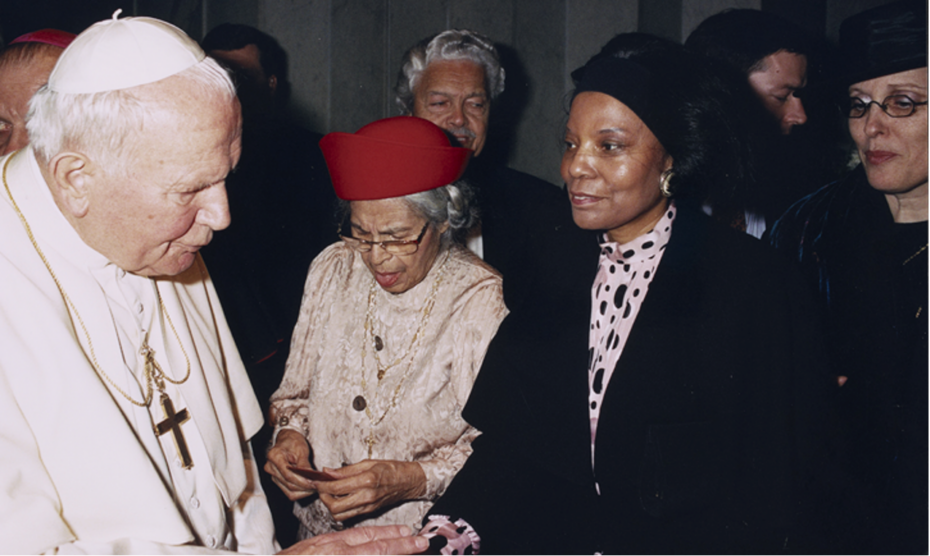
Mrs. Parks spent much time at the mansion under the Heroes-In-Residence program. There, she met with dignitaries, hosted Sunday Gospel Brunch, hosted an anniversary event for the Montgomery Bus Boycott and held negotiations for her participation in Bill Clinton’s State of the Union address, her Congressional Medal of Honor and her work with the Vatican (Parks and Leonards met Pope John Paul II together). Known fondly as “Mother Parks and Lady H”, the two remained friends until the end of Mrs. Parks’s life. You can read more about their relationship in Leonards’ book, Rosa Parks: Beyond the Bus.
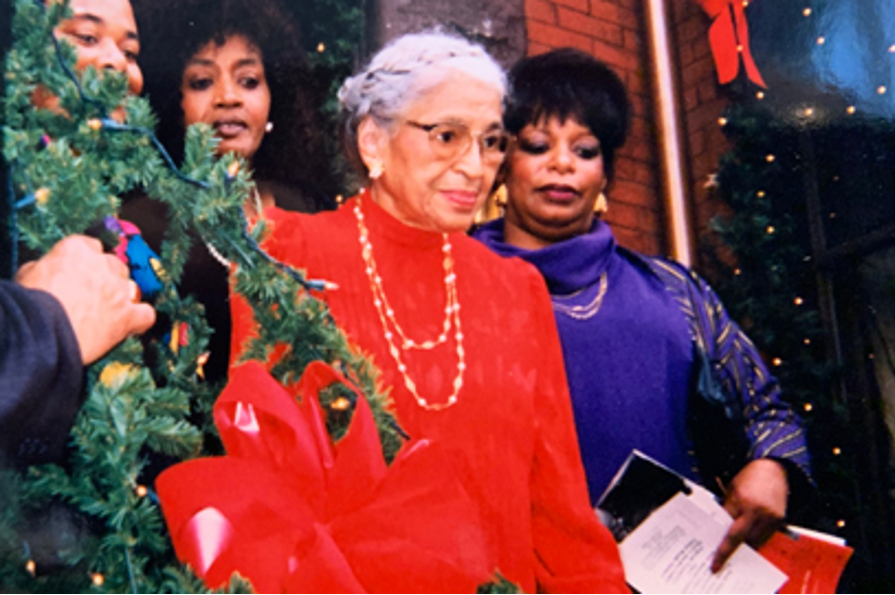
Even if it weren’t on the African American Heritage Trail or one of the only preserved DC residences from the late 19th century or responsible for raising nearly $100 million for charity, the Mansion on O Street would still catch our attention based on its decor alone. With more than 100 rooms, the mansion is a smorgasbord of style: Victorian bedrooms, a two-story log cabin, and an Art Deco penthouse with its own private elevator.
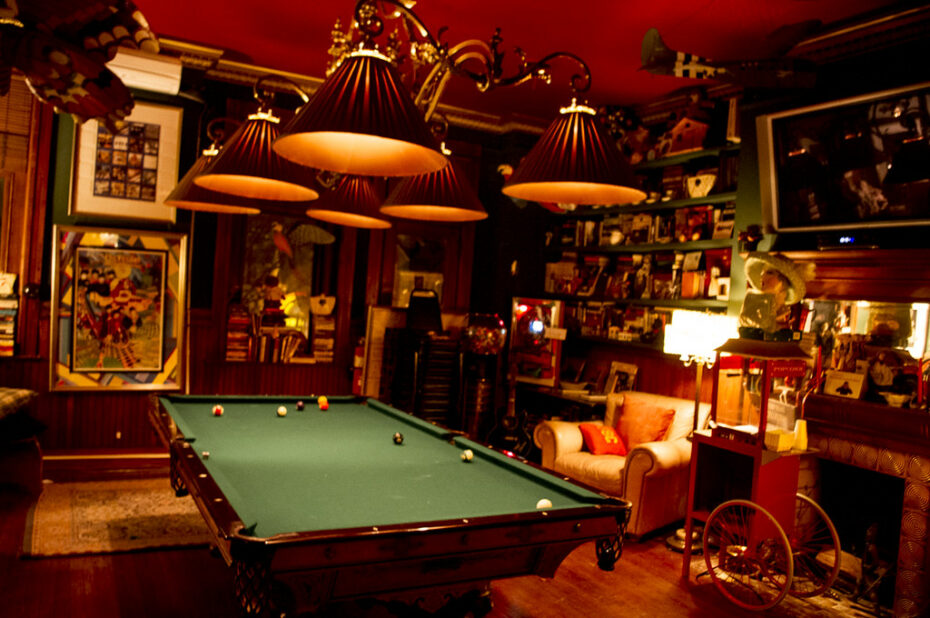
Rated in the Forbes top 7 hotels in D.C., many of their themed rooms can be booked for overnight stays, private parties or meetings. To spend the entire night exploring the mansion, prices start at $475, but every year the mansion has continued a long-running tradition of providing on average over 850 free room nights a year to support their Artists & Heroes-in-Residence programs.
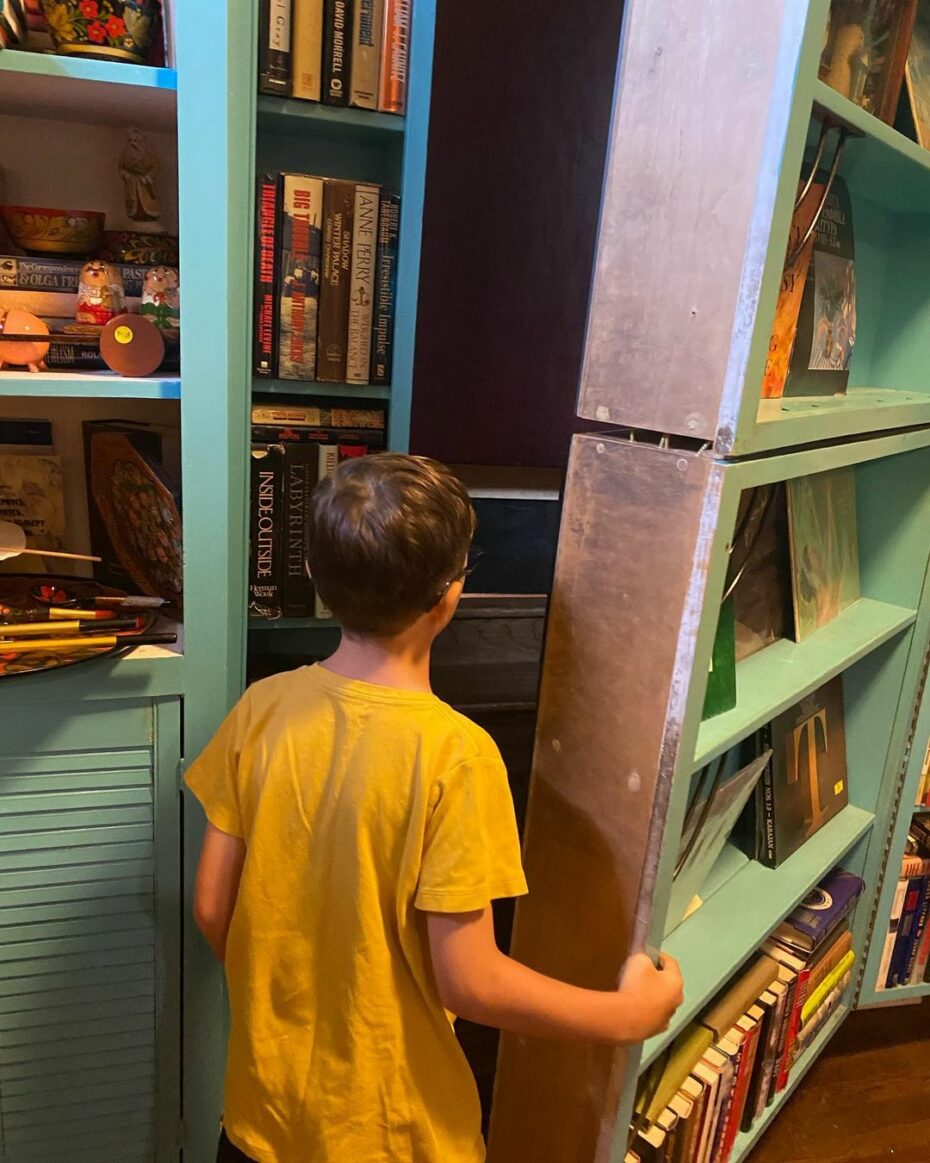
Not sure which room to book? Here are a few of our favorites, all hidden behind secret doors of course…
The Lennon Suite features a two-person teak tub and a private chess table. Not sold? Miles David once ate dinner in the bathroom, where a blow-up of John Lennon’s face is imprinted on the carpet and a yellow submarine floats in the bidet. You’ll also find a letter Lennon wrote to his laundromat, complaining that they turned his precious white shirt yellow.
James Patterson fans may remember The Log Cabin Suite as the setting for a particularly steamy scene in his novel Four Blind Mice. If you don’t read much genre fiction, the two-story suite will enchant you with its timber four-post bed and Remington bronze sculptures. You’ll even find a private aquarium, which Leonards received from a man who owed her money but could only pay in fish tanks.
The Rainbow Residence sleeps 16 people and spans five floors, each overflowing with mounted Gibson guitars. For the non-noodlers among us, the residence also includes a Baby Grand piano, an NBA Jam Arcade Game, and a private chef upon request.
5,400 square feet not enough for you? Reserve the “Secure Harbor” package where you and 25 other guests can have 90 rooms and an elevator all to yourself (for $10,000/night). Or you can opt for the “Night at the Museum” package, where the staff will choose your room for you.
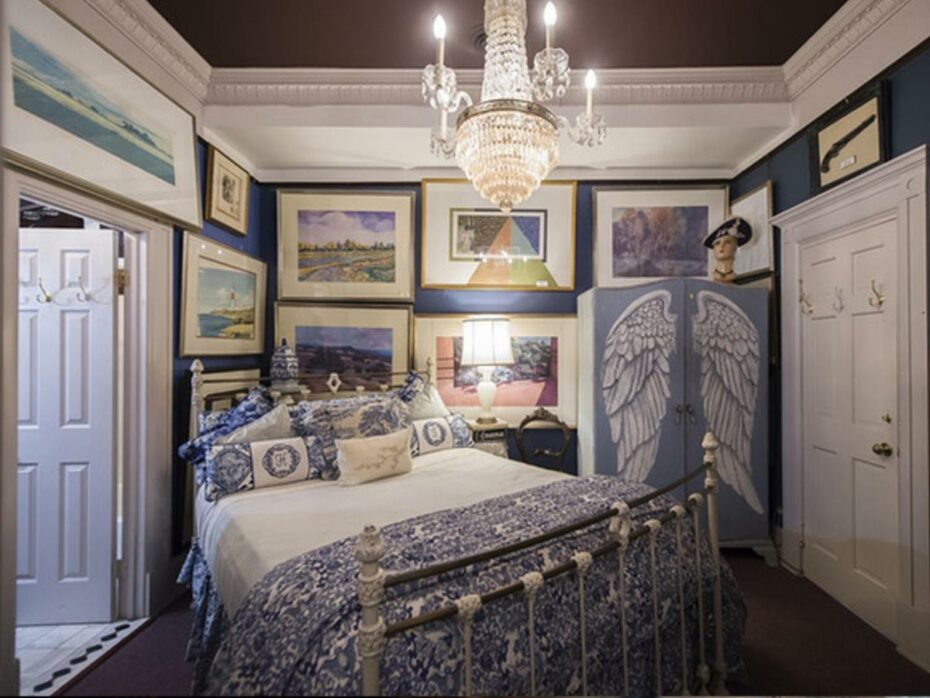
And, of course, as a guest of the mansion, you would have the utmost privacy. Someone arrives at the door searching for a guest? If they don’t have the password, they’re out of luck. “There is no one here by that name” they’ll hear as they mope back to Dupont Circle. According to the National Geographic Traveler, “You may have trouble just finding this place, or any information about it. They don’t advertise because they don’t have to.” You can also host events at the Mansion on O Street, though the Late Ruth Bader Ginsberg won’t be available to officiate it as she did in 2020.
But if you don’t have time to stay the night, be sure to check out the “gift shop,” where everything is on sale to support arts and social justice programs. Take a gander through the museum’s endless collection of rock and roll memorabilia. Check out Prince’s Purple Rain jacket, guitars signed by Bob Dylan, Bruce Springsteen, and Paul McCartney, and a keyboard donated by the Grateful Dead.
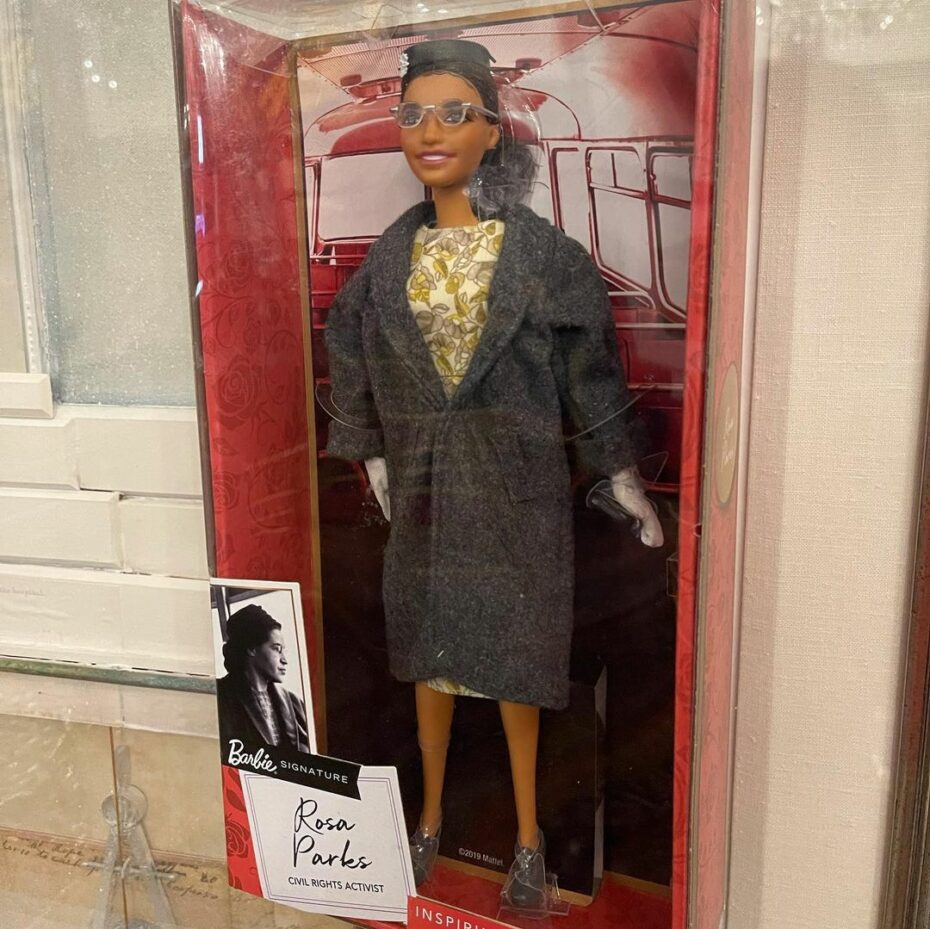
Not much of a rocker? You’ll enjoy Miss USA’s crown, Norman Rockwell artwork, Allyson Felix’s signed winning sneaker from the Rio Olympics, antique Russian samovars, stuffed Muppets shoes, and more. You could spend lifetimes sifting through its collection and still not see it all—or find all the secret doors.
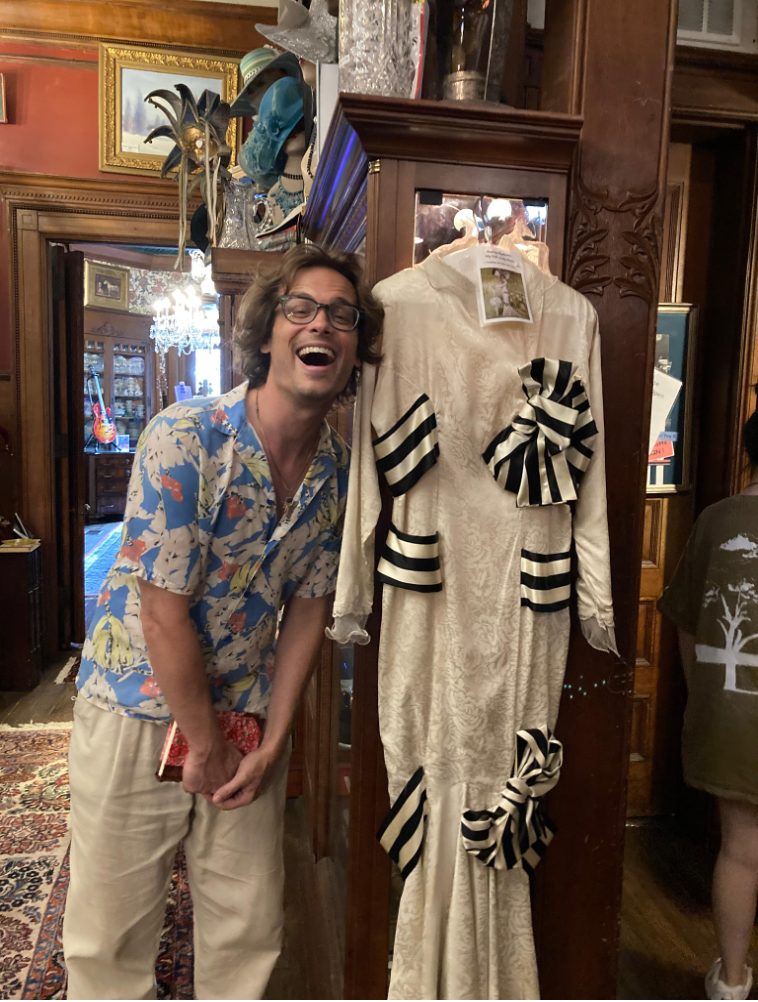
So next time you’re in DC, be sure to swing by the Mansion on O Street for a tour (we recommend the classic Secret Door Experience, the Bob Dylan Whiskey Hunt, or the Speakeasy Hunt). And don’t worry about the home getting old. Vanilla Ice is on call for all electrical repairs.
About the Contributor
Sarina Benezra Bell studies literature at the University of California, Berkeley. Though she tells people she’s from Washington DC, Sarina is actually from Arlington, Virginia. To level a complaint about that, contact sarina@messynessychic.com.


